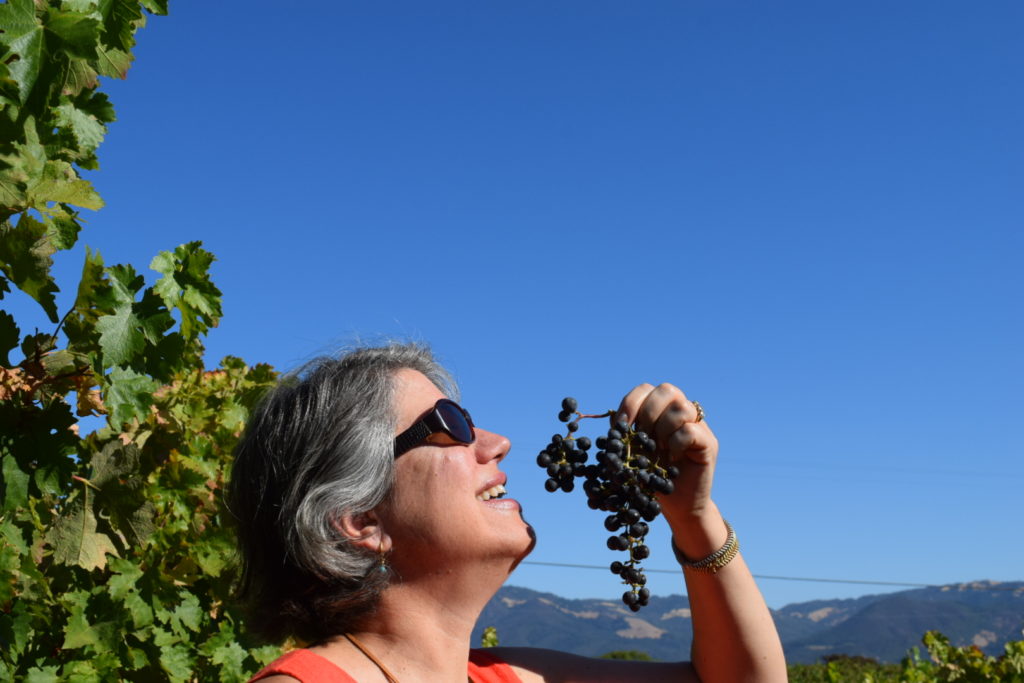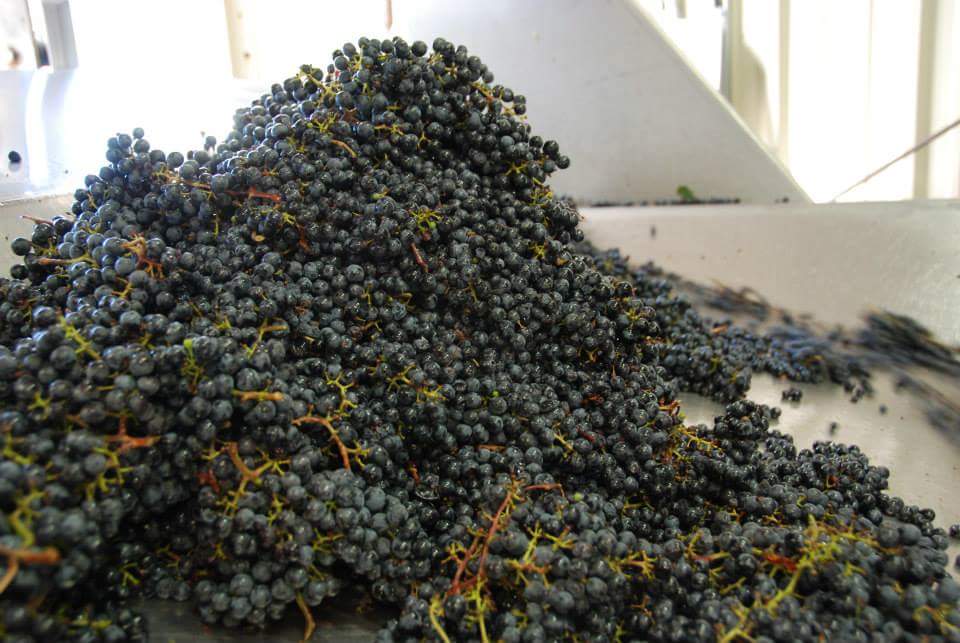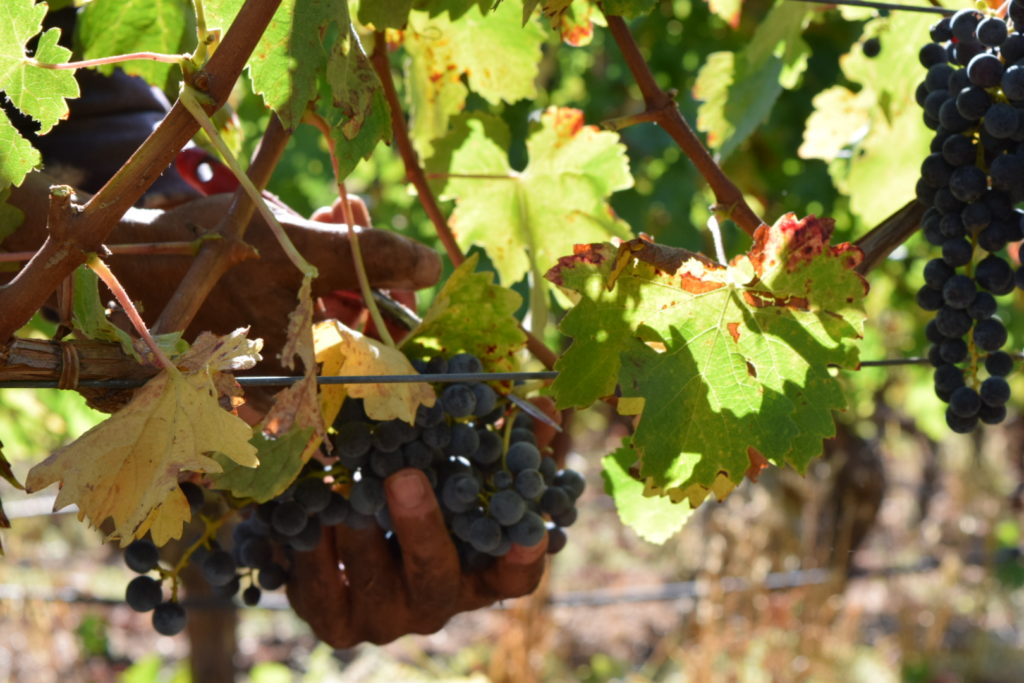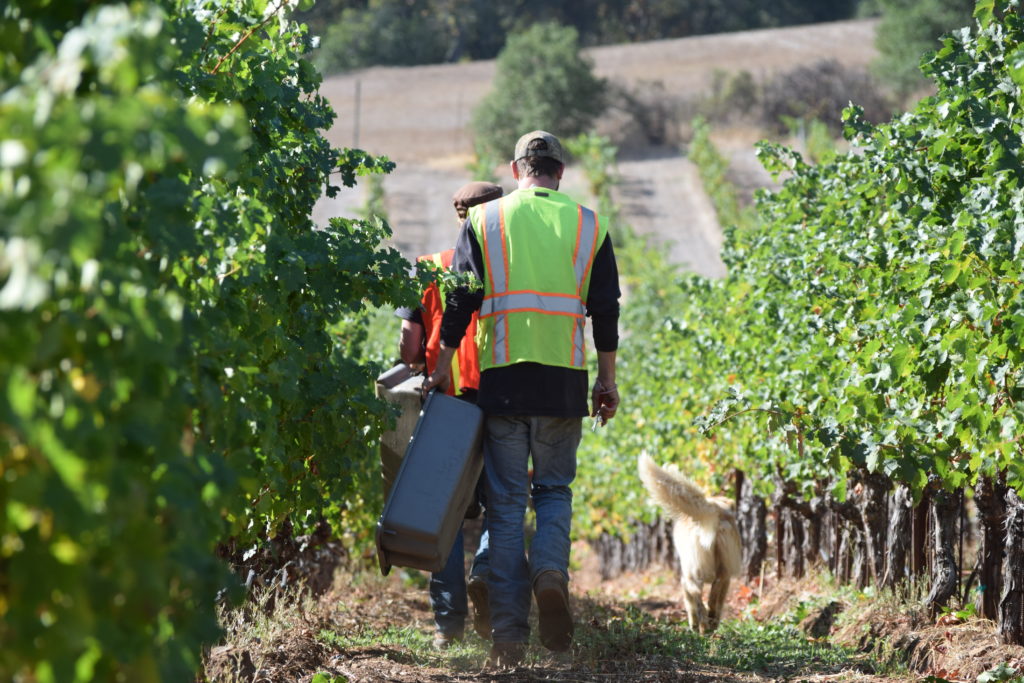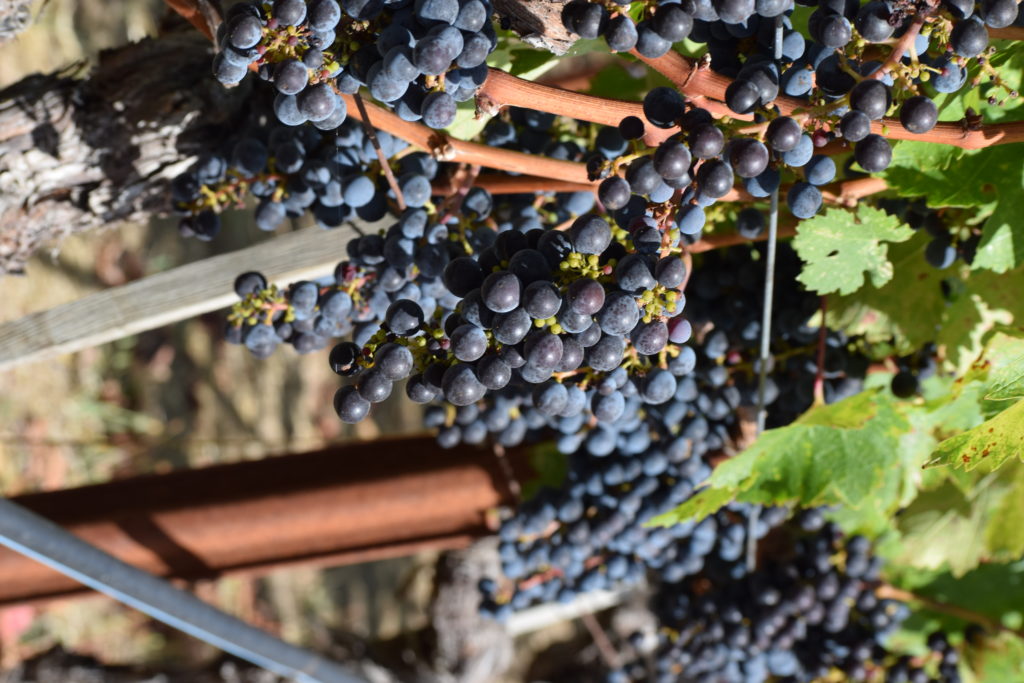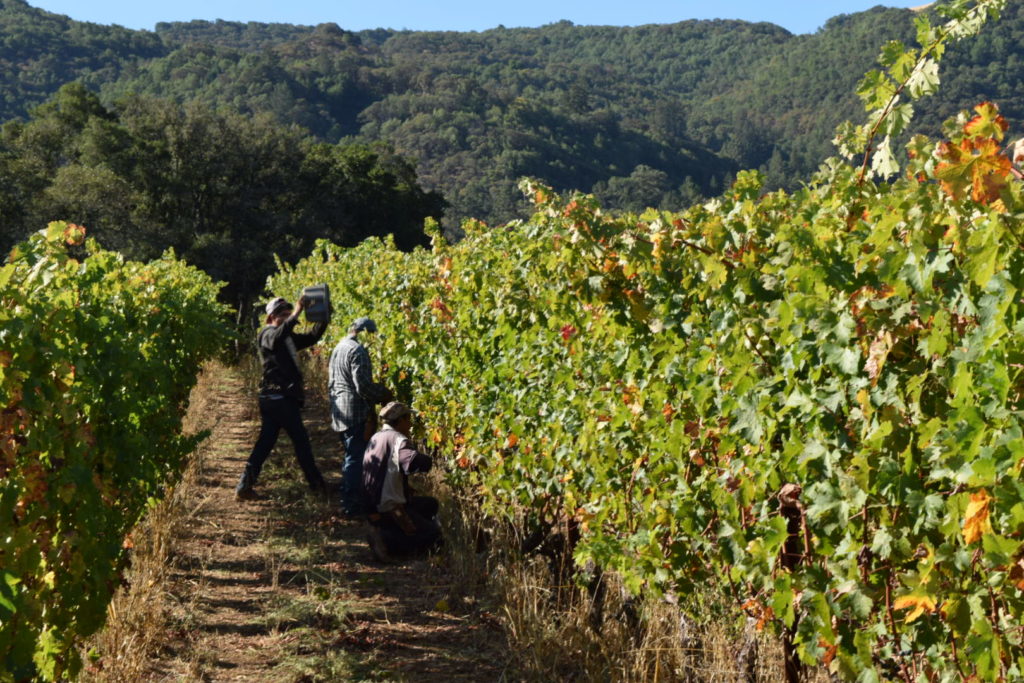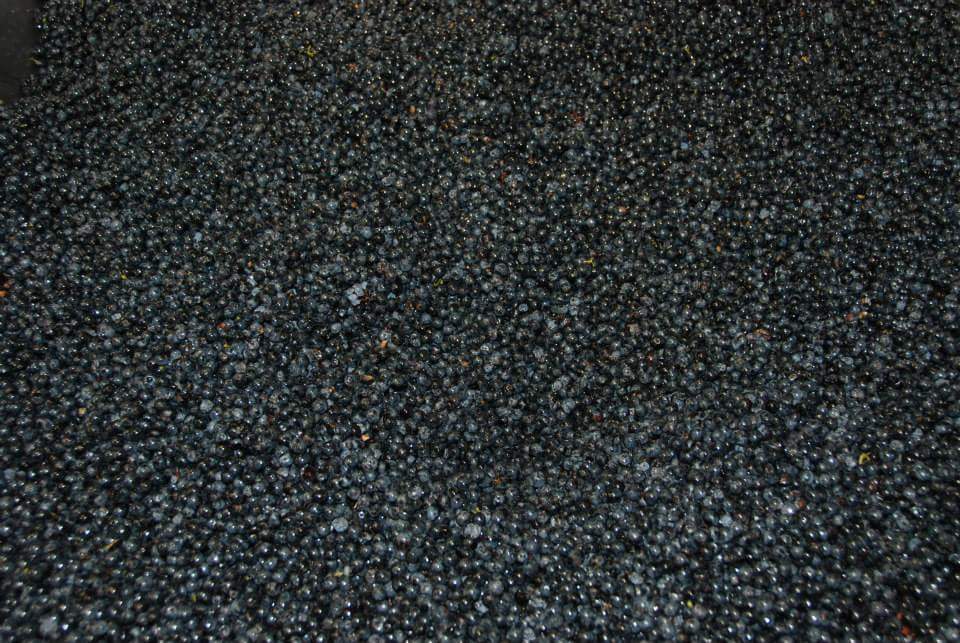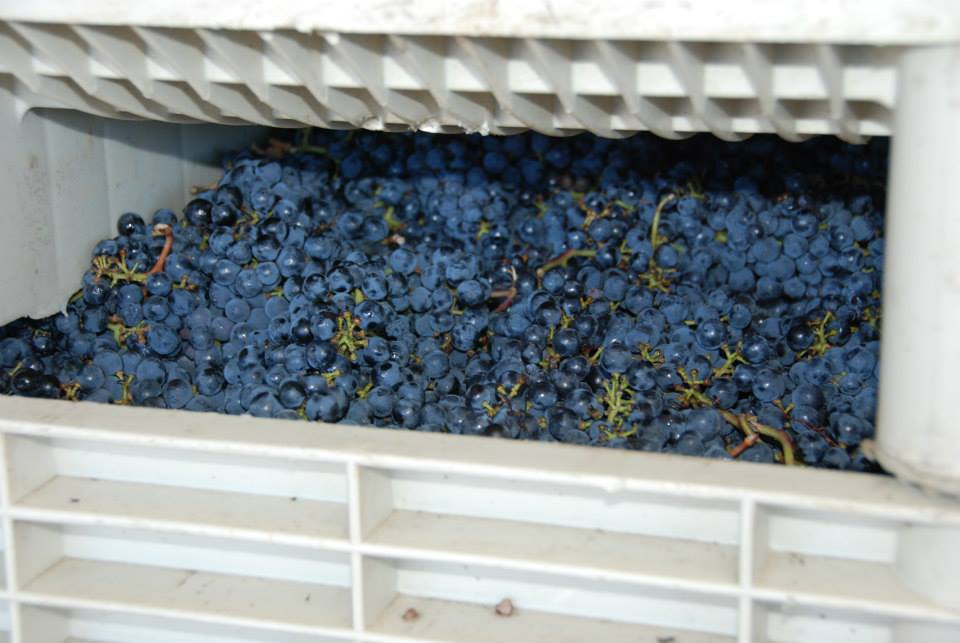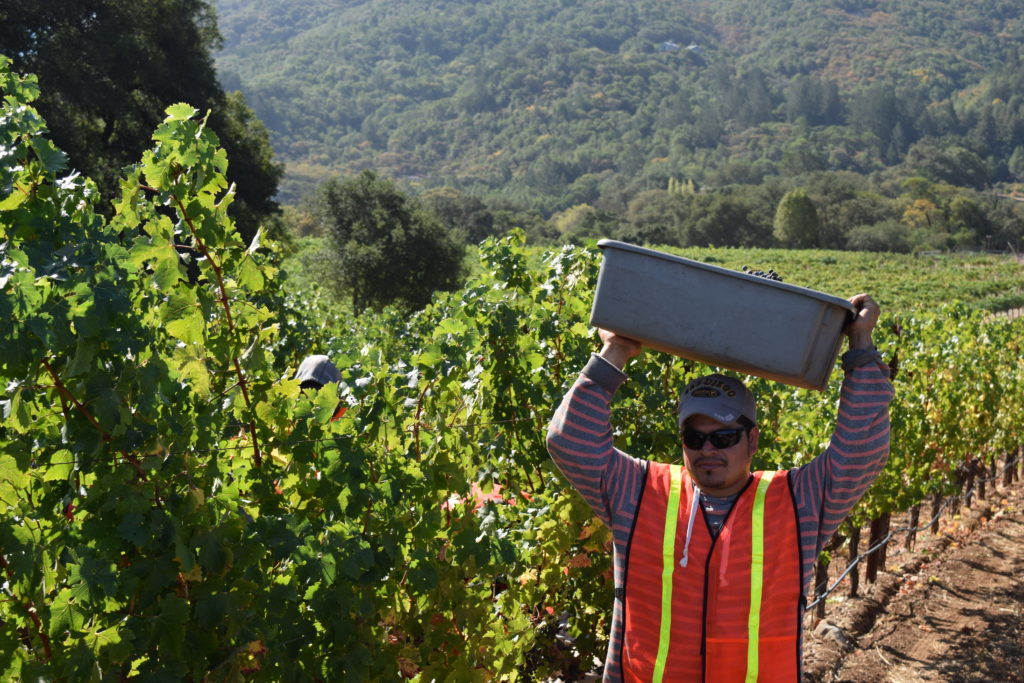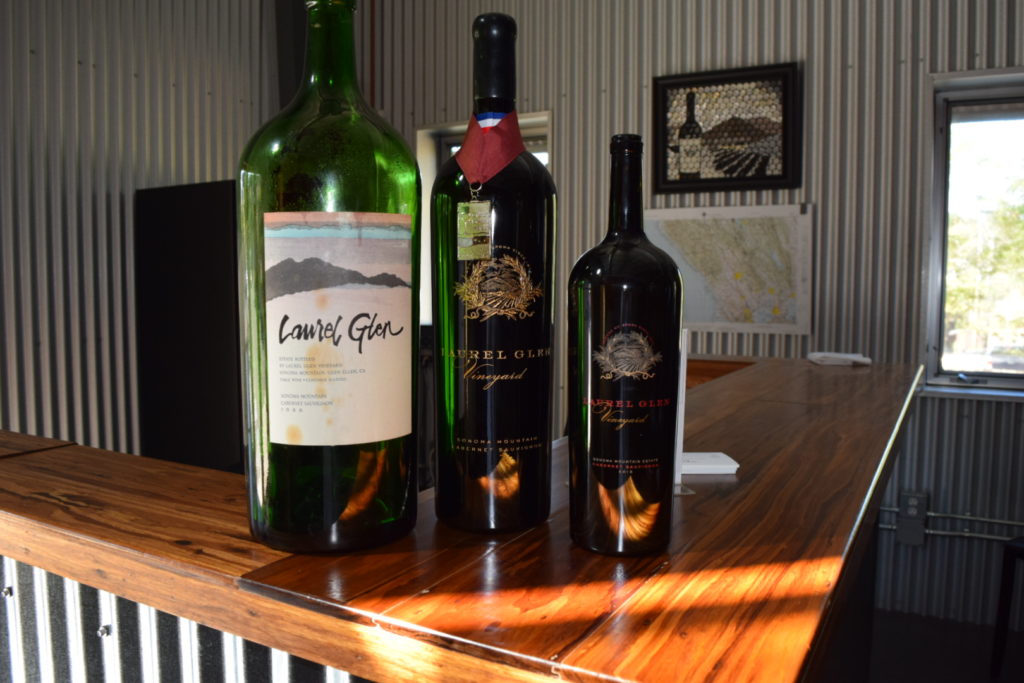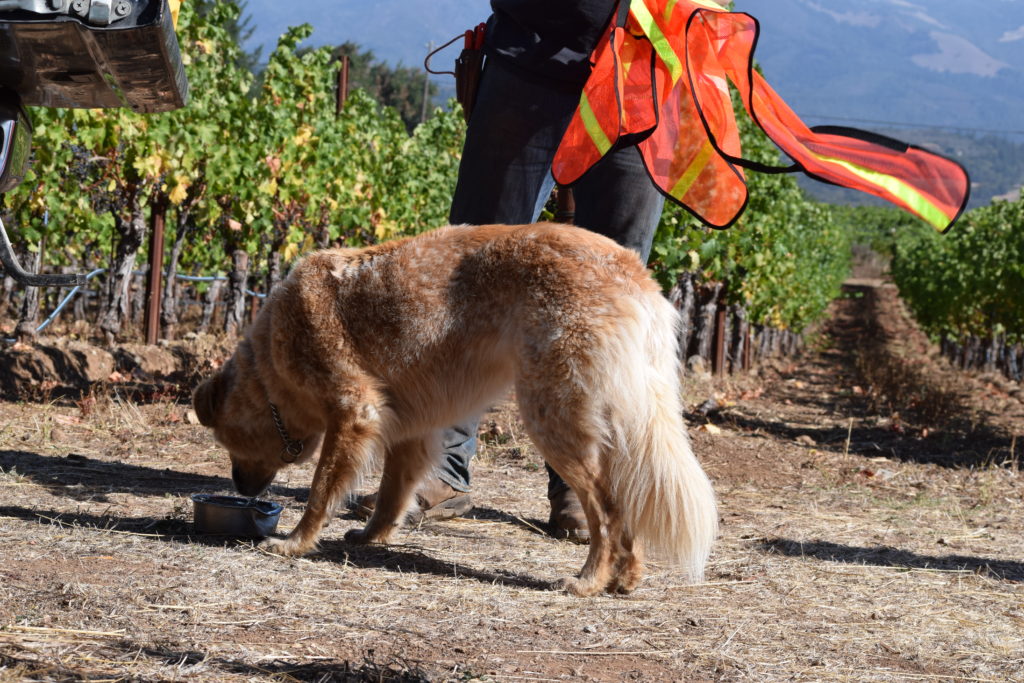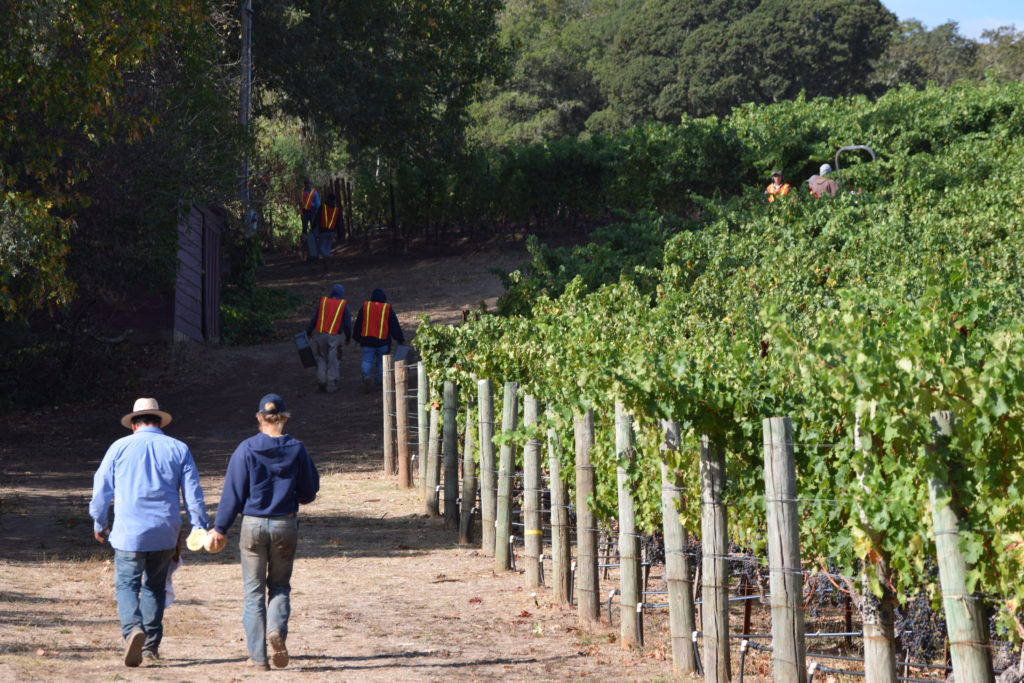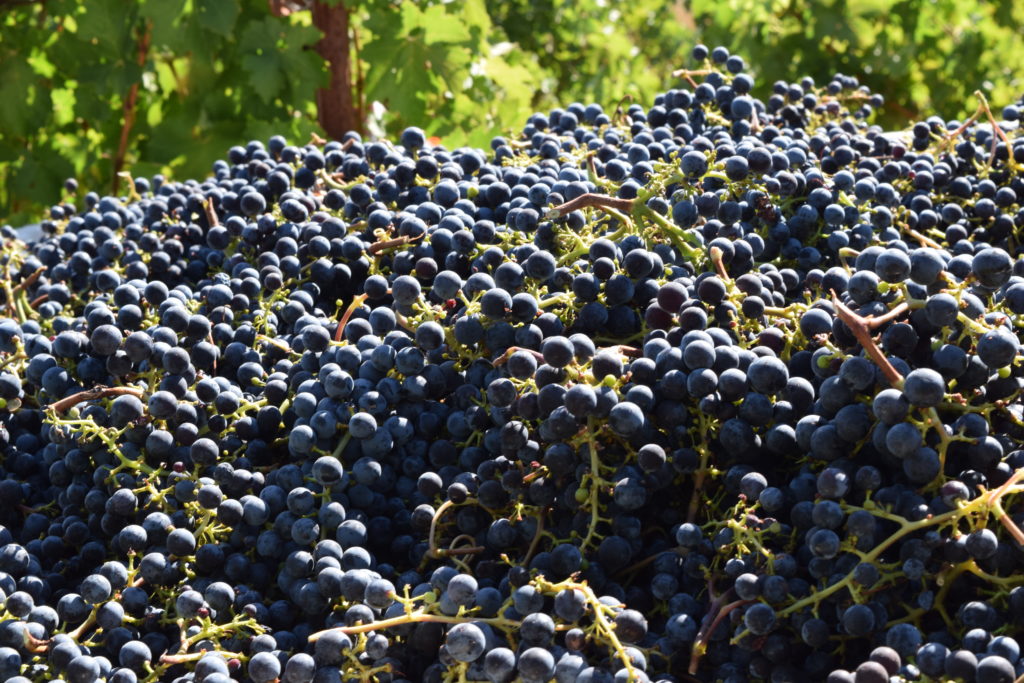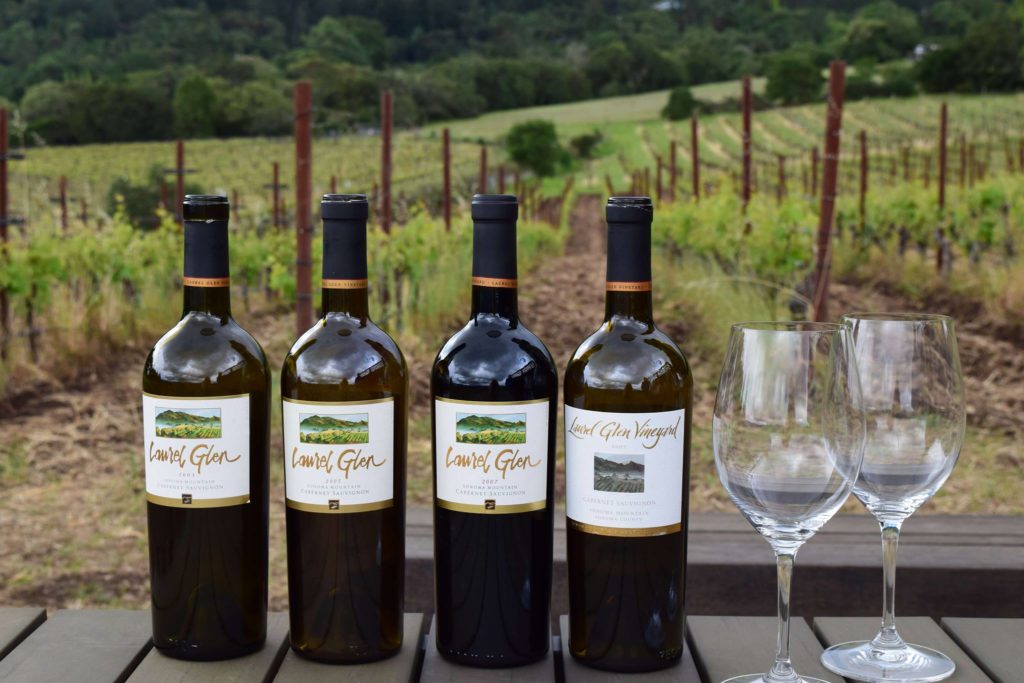Cabernet Sauvignon at Laurel Glen Vineyard
As you wind your way up the curvy, vineyard lined roads of Sonoma Mountain, there is a lot for your eyes to take in. It is steep terrain with sweeping views of the valley floor below.
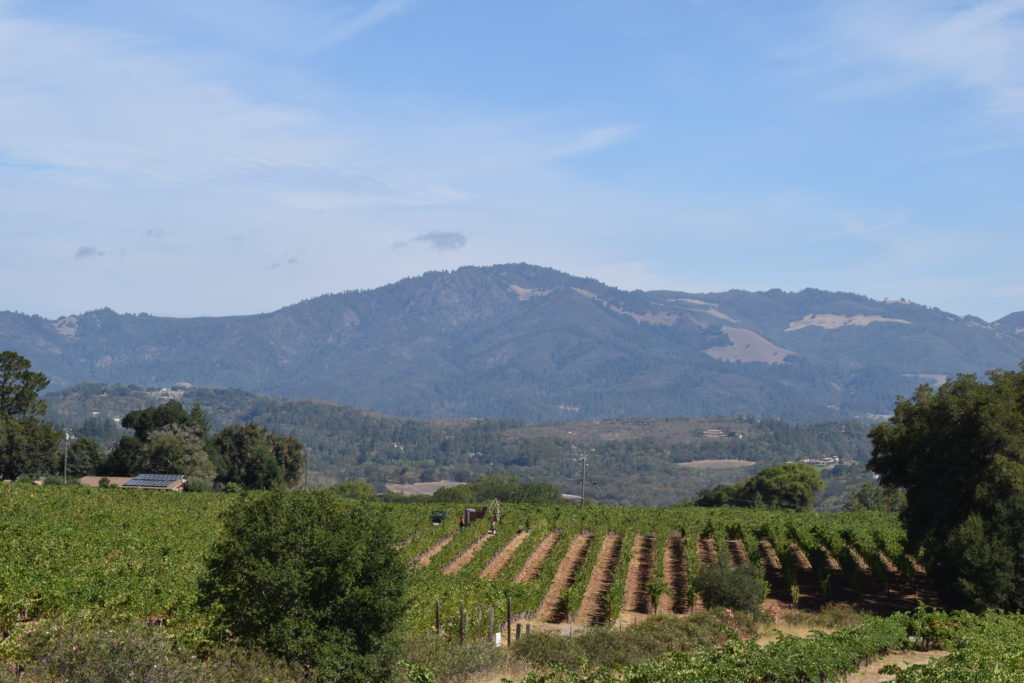
The exceptional location, combined with beautifully kept vineyards speak loudly to the magic of these iconic vineyard plots. The bottles created here are of a stunning variety. Yes, please.
The lure of great mountain top wine keeps fans coming back, seeking out new bottles, year after year. Currently, it’s the time of the year where harvest is taking place across these rocky slopes and terraced vines.
At Laurel Glen Vineyard, THIS is where they decided to plant their roots.
The Laurel Glen vineyard sits at an elevation of 800 to 1000 feet above sea level. As a result, the vineyard benefits from warm thermal updrafts from the valley floor at night.
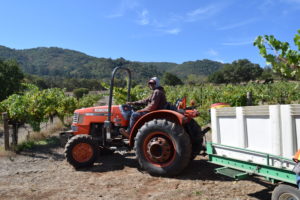 Generally above the marine fog layer, the vineyard has a rather condensed (not too hot, not too cool) temperature range given a 24-hour perspective, as compared to the more-typical California North Coast pattern of foggy mornings, warm days and cool nights.
Generally above the marine fog layer, the vineyard has a rather condensed (not too hot, not too cool) temperature range given a 24-hour perspective, as compared to the more-typical California North Coast pattern of foggy mornings, warm days and cool nights.
For Cabernet lovers, the grapes grown on Sonoma Mountain ripen slowly over an extended growing season and yield berries that retain acidity and minerality for more age-ability.
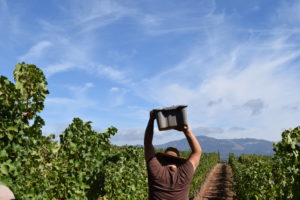 The University of California at Davis identified the Laurel Glen clone as a unique clone of Cabernet Sauvignon in the mid-1990’s. The winery team can answer endless amounts of questions on viticulture, local terrain, the history of the land and of course, wine-making.
The University of California at Davis identified the Laurel Glen clone as a unique clone of Cabernet Sauvignon in the mid-1990’s. The winery team can answer endless amounts of questions on viticulture, local terrain, the history of the land and of course, wine-making.
At Laurel Glen, they work the land and make the wines, and have done so for decades…
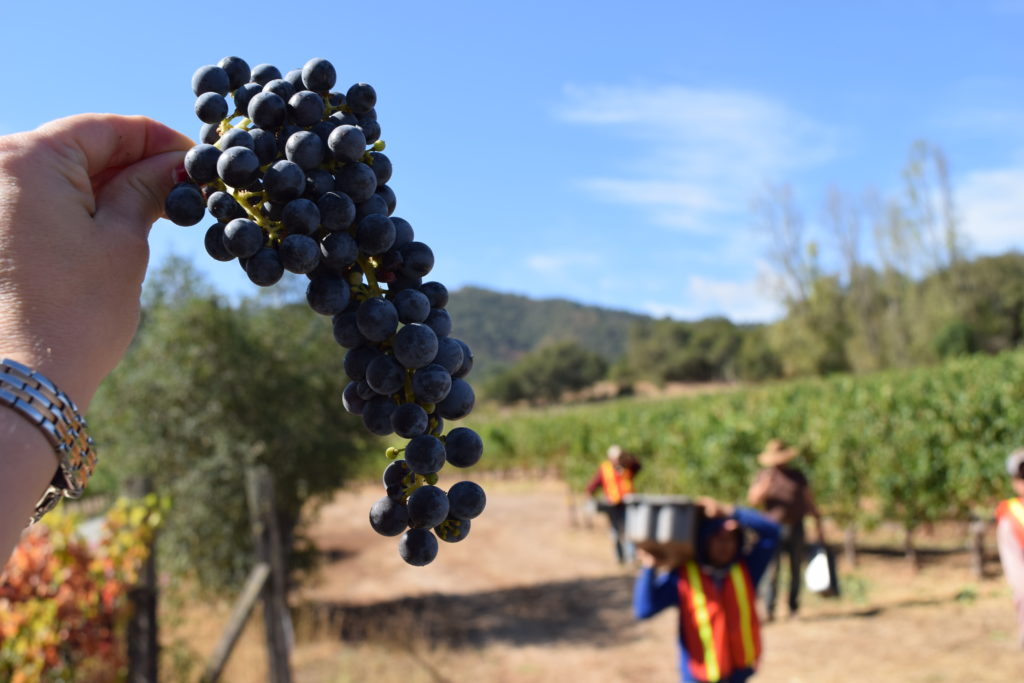
An entire years worth of work comes down to a grapes’ ripeness on harvest morning.
For a winemaker, the ideal sugar content has got to be reached. The grapes must be “not too sweet” while also … “not too sour”… the perfect pH where things are not TOO acidic… while also… not TOO tannic. The maximum flavor development for the varietal has to be reached before the grapes are harvested.
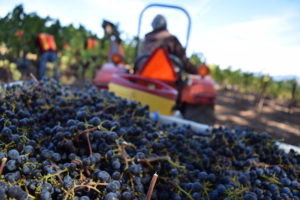 No pressure or anything.
No pressure or anything.
The Laurel Glen Vineyard has a long and quite storied past… Originally planted to mixed red varietals by German immigrants in the late 1880’s, it was replanted to Cab in 1968 by Carmen Taylor, who also gave the property its name. The original Cabernet Sauvignon vines, as well as even older vines still producing fruit from the original plantings, can still be found on the property.
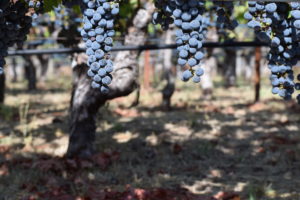 They even make a Crazy Old Vine Rosé wine from these original vines at Laurel Glen, available only to wine club members in a small batch release each year.
They even make a Crazy Old Vine Rosé wine from these original vines at Laurel Glen, available only to wine club members in a small batch release each year.
It sells out quickly, what a terrific bottle to find and share with friends!
The soils of Sonoma Mountain are a mixture of ancient marine deposits overlain with volcanic material. For Cabernet vines , this provide efficient water drainage while at the same time restraining excess vigor.
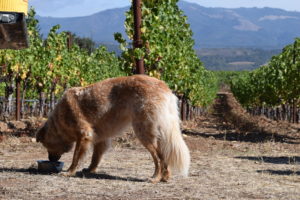 Mature vines like those at Laurel Glen Vineyard are adept at finding water by themselves. The roots are old and wise and able to maneuver through the rocky soil. The production is low from these old and wise vines but flavor is concentrated in a way that a younger vine could simply not imitate.
Mature vines like those at Laurel Glen Vineyard are adept at finding water by themselves. The roots are old and wise and able to maneuver through the rocky soil. The production is low from these old and wise vines but flavor is concentrated in a way that a younger vine could simply not imitate.
The vineyard includes 16 estate planted acres. Spacing and trellising varies from block to block according to the slope of the mountain side. Being on a heavily wooded mountain, the vineyard has an adequate supply of ground water throughout the summer heat, the mature vines need little to no irrigation.
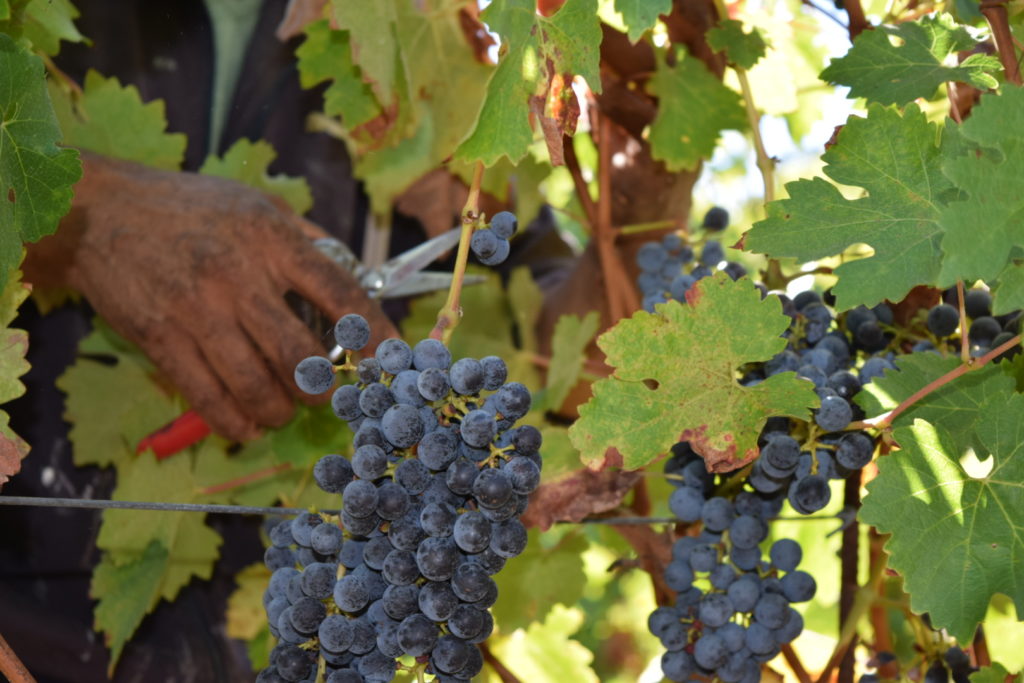
With water drainage being so good on the mountain, even despite California’s multi-year drought, Laurel Glen watered the vineyard only once in 2013 and not at all in 2012.
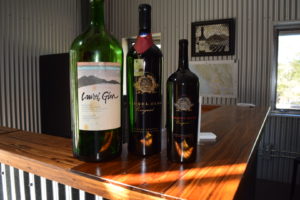 The Laurel Glen Estate Cabernet Sauvignon and Counterpoint Cabernet are both made with minimal handling, using gravity flow whenever possible, and keeping all of the lots separated. They are Organic Certified Mountain Top Cabernet on High.
The Laurel Glen Estate Cabernet Sauvignon and Counterpoint Cabernet are both made with minimal handling, using gravity flow whenever possible, and keeping all of the lots separated. They are Organic Certified Mountain Top Cabernet on High.
Organic viticultural guru Phil Coturri, who grew up on Sonoma Mountain and spent a formative summer in his youth working at Laurel Glen, manages the vineyard.
Winemaker Randall Watkins, who spent many years developing his skills with mountain Cabernet at Moon Mountain Vineyards, manages the cellar. Under their stewardship, Laurel Glen Vineyard has been rebuilt with great care. The new team led by a veteran of the California wine industry, Bettina Sichel, farms the vineyard organically.
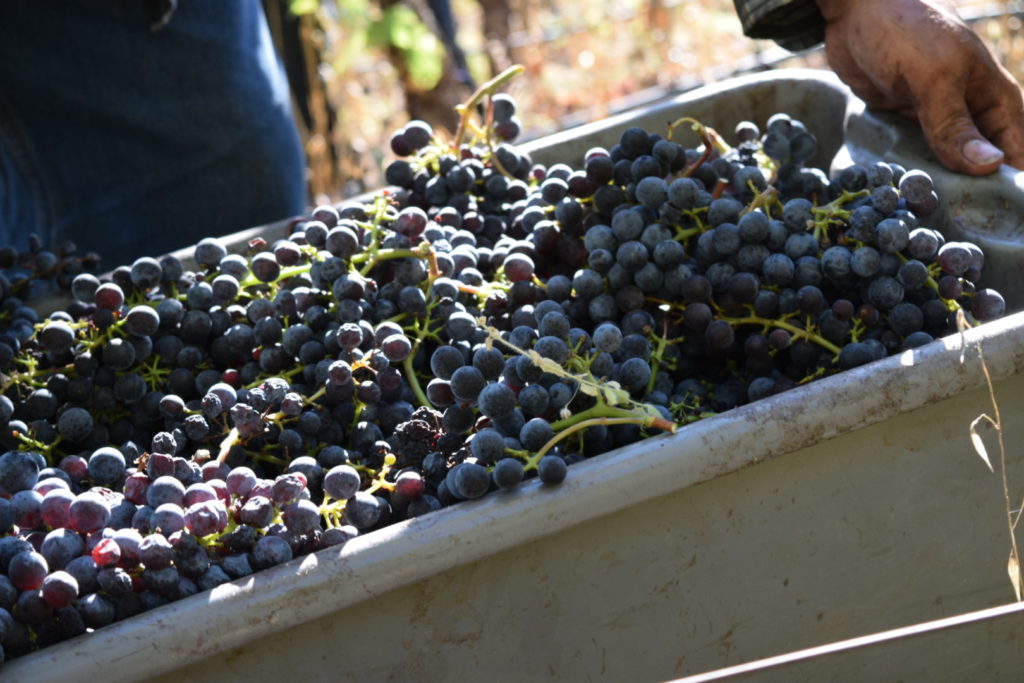
They use modernized trellising practices with cluster and berry sorting at harvest.
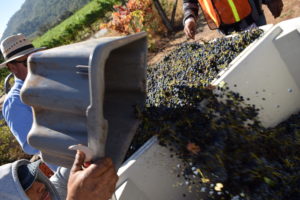 Organic certification, in addition to a host of other quality-oriented improvements have taken the label up a notch or two in quality assurance and age-ability.
Organic certification, in addition to a host of other quality-oriented improvements have taken the label up a notch or two in quality assurance and age-ability.
Using stainless steel, temperature controlled, open-top tanks for fermentation, the team also has decided not to add commercial yeast normally. Wine-maker Randall Watkins feels that the yeast that naturally occurs on the grapes do a fine job and provide a bit more complexity in the final product –
- the wine!
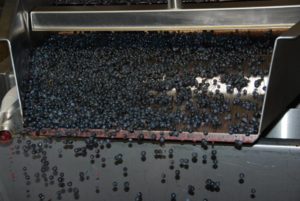 Using techniques like pump over and punching down the caps by hand on an open-top fermenter, the Laurel Glen Vineyard team mix their must gently while also blowing off some alcohol.
Using techniques like pump over and punching down the caps by hand on an open-top fermenter, the Laurel Glen Vineyard team mix their must gently while also blowing off some alcohol.
The Cabernet Sauvignon is kept on the skins for nine to 14 days. Fermentation is usually done to dryness, though the end point is always determined by taste.
Laurel Glen Vineyard Cabernet is more refined than many California Mountain Cabernet wines, with a vibrant, firm texture, and a complexity and density more readily identified with European wine.
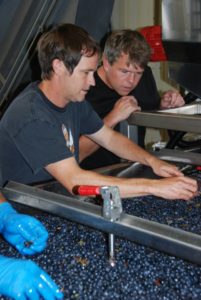 A typical Laurel Glen Vineyard Cabernet displays an inky ruby color, an expressive bouquet of red cherries and blackberries, a velvety mid-palette, and always a spine of minerality that keeps the sweet fruit in check.
A typical Laurel Glen Vineyard Cabernet displays an inky ruby color, an expressive bouquet of red cherries and blackberries, a velvety mid-palette, and always a spine of minerality that keeps the sweet fruit in check.
Beginning in 2012, winemaker Randall Watkins has started isolating a couple of barrels of the most structured Cabernet harvested from Laurel Glen Vineyard, with the aim of making a wine that will be a revelation in ten years. Each vintage is unique.
Inaugural release: 2012 Laurel Glen Vineyard Lot 44 Cabernet Sauvignon in September of 2016 – Lucky us!! Case production is only 190 – I’ll take a case!
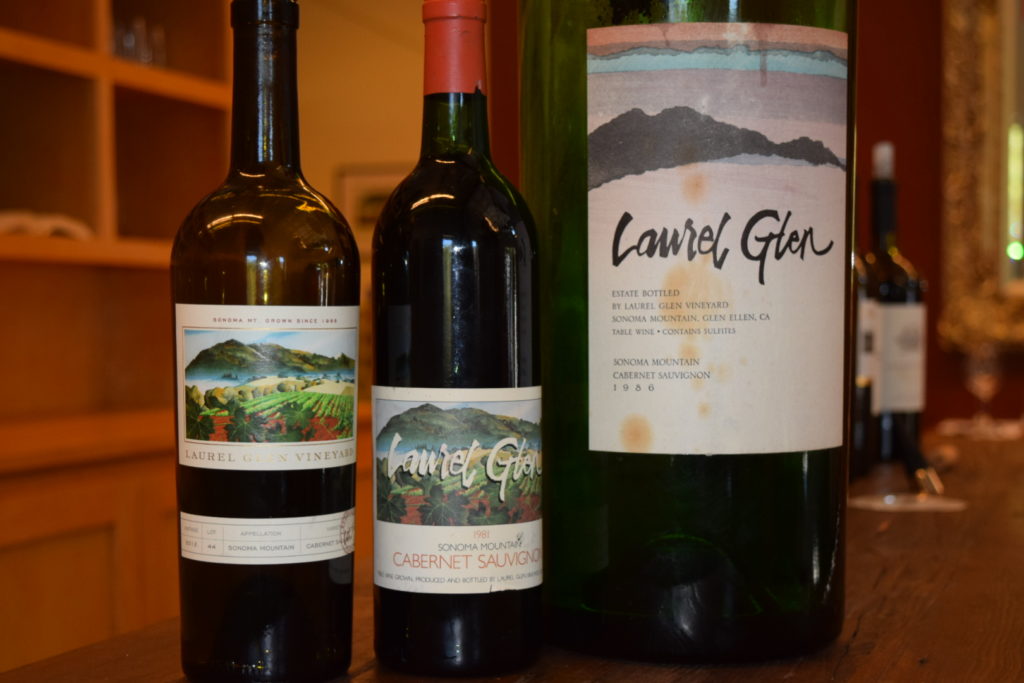
The date of harvest is rarely ever the same from one year to the next, so with the grapes already stripped from the vines… we anxiously await news of the next vintage.
My glass is ready!!
CHEERS…
